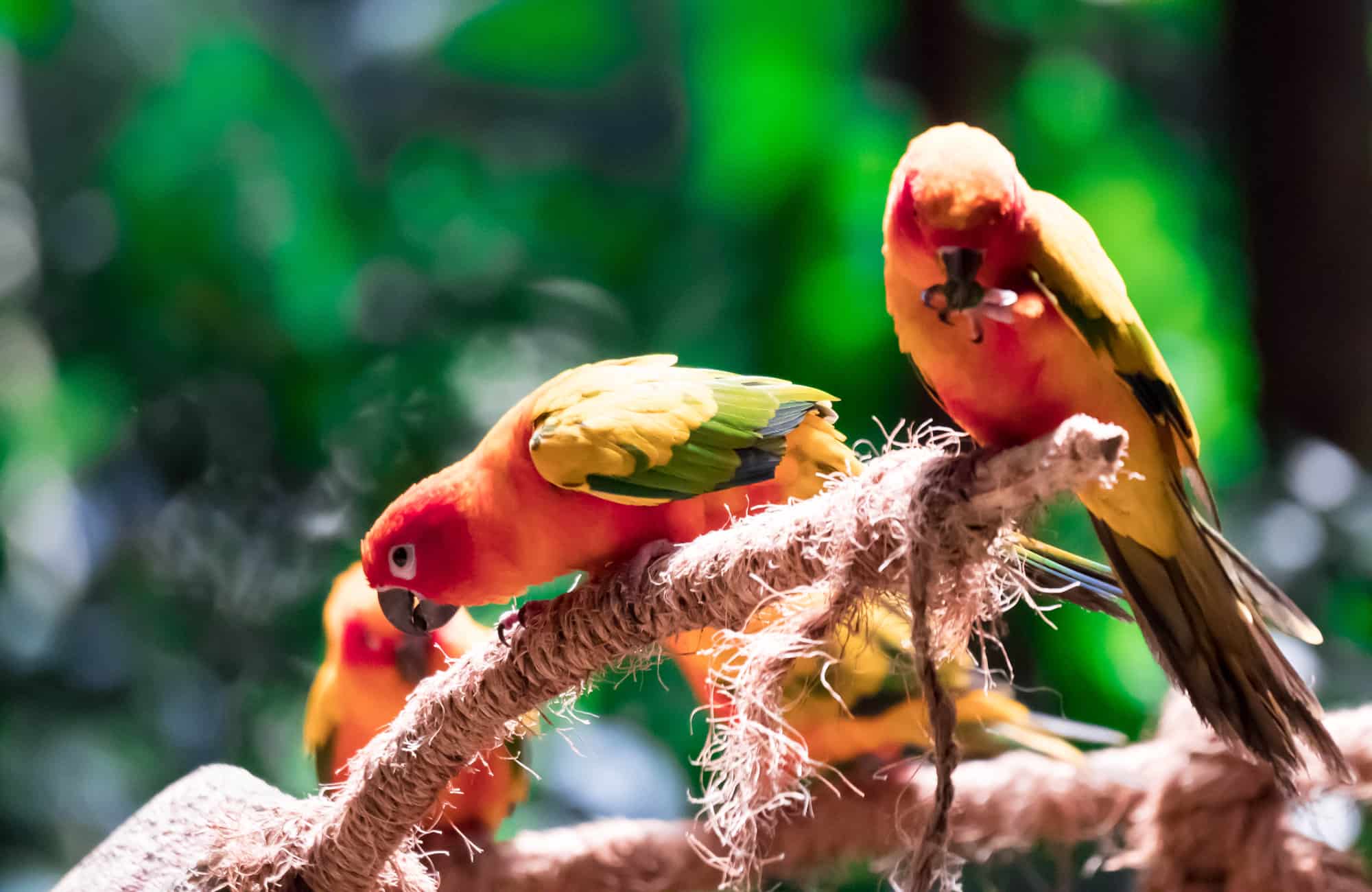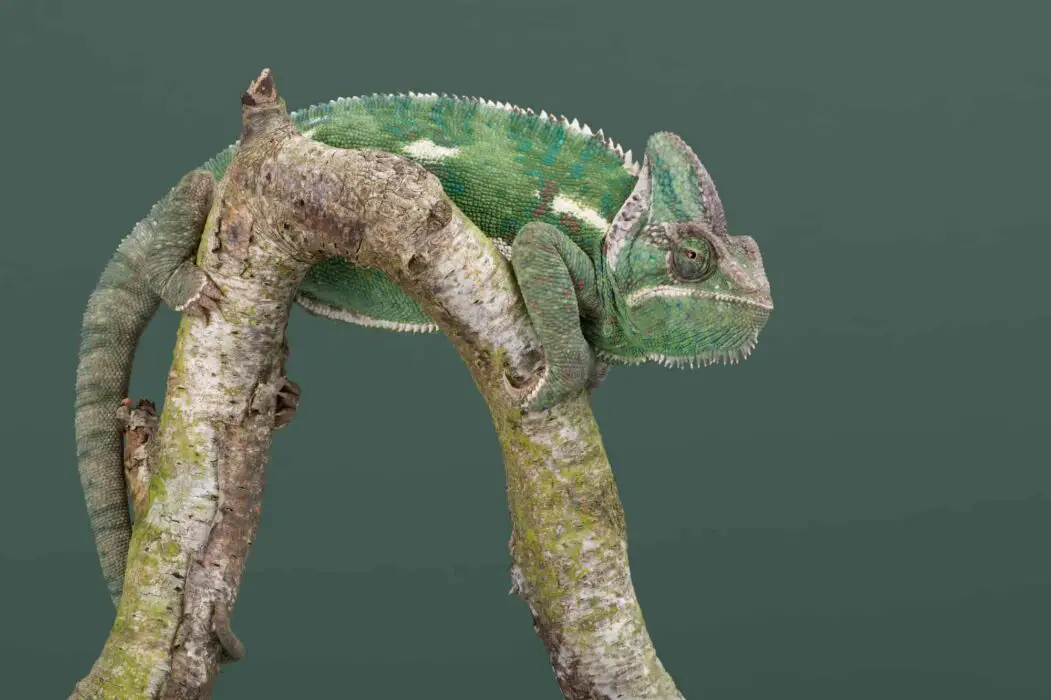Unfortunately, with all the knowledge we possess, only a few people know the true meanings of warm- and cold-blooded animals. Yes, this is one of the biology topics at school, but it seems to fly by us, hidden by the popular stereotypes and media misconceptions. Thus, this quite a basic and plain topic becomes a mystery to the general population.
Thus, no wonder that people may not know – are parrots warm or coldblooded? In this article, I suggest we take a look at the scientific explanation and talk about the reason for misconceptions.
To set the record straight, parrots are considered warm-blooded animals. Therefore, between these two groups, there is no doubt in the choice. However, there is a slight ambiguity over parrots in the scientific world. Want to know what the catch is? Continue reading!
If you want to know more interesting facts about parrots, read a short article about why parrots bob their heads.
Now, let’s check in detail what characteristics of these birds point to the warm-blooded side. And what makes scientists neglect the cold-blooded option. Also, I’ll touch on the slight controversy that makes you ponder!
What Are Warm-Blooded and Cold-Blooded Animals?

First of all, let’s brush up on our school knowledge and remember what characteristics make animals fall into one of the two groups.
To put it simply:
Cold-blooded animals do not regulate their body temperature internally. They depend on the environment for external temperature regulation.
Warm-blooded animals are the opposite – they regulate their blood temperature on their own, internally. As a result, their temperature remains constant no matter the outside temperature change.
Thus, warm-blooded animals would grow thick furs and increase body fat layers to keep warm in winter. In summer, their bodies also regulate their temperature so as not to grow hot. E.g., for people, it’s sweating.
Now cold-blooded animals adapt in other ways. They depend entirely on environmental change. In winter, they become freezingly cold and warm up when enjoying the summer sun. But do they survive in such environments? In general, cold-blooded animals require less energy to survive than their warm-blooded relatives. Everything slows down to keep energy in cold weather and use it to maintain the basics.
This is how all the animals are divided into warm-blooded and cold-blooded. The scientific community refers to this factor and process as thermal homeostasis.
Thus, the two kinds of thermal homeostasis determine many of the behavioral patterns of animals and how they adapt to different climates. Also, their body shapes and sizes correlate to homeostasis: warm-blooded animals are usually bigger and rounder while cold-blooded are smaller, usually thin or long, which helps them to heat up and cool down faster.
With this knowledge, you can easily determine the type of an animal’s homeostasis in most cases. But, sometimes, the subtle differences are confusing. This is when the Internet comes to help.
Are Parrots Warm or Cold-Blooded?

Yes, this seems a simple question after a short biology intro. It has a straight answer – warm-blooded.
That is what any scientist would tell the mere 20 years ago.
But what about modern scientists? Well, they prefer a much broader spectrum of thermal homeostasis types. The strict division between the two doesn’t show all the complexity of the process, and the diversity of ways animals deal with it. Yes, some extremes are 100% cold or warm-blooded. But many animals fall under the large spectrum.
Let’s not dive deep into the arguments of the scientific world and how different experts suggest classifying animals. They are not sure themselves yet, so we have no way to classify animals either. Instead, we’ll talk about parrots and their “new” status of mostly warm-blooded.
Parrot Characteristics

- Though they live predominantly in warm climates, they can adapt to chillier temperatures. That is why they can easily be seen in homes across the world, even in the Northern countries. If they were cold-blooded, it’d be sad news to many people of the Northern Hemisphere. So we couldn’t own them without special lamps to keep them warm!
- In addition, parrots do not limit their energy expenditure in cold climates. They don’t freeze and spend months without moving. Instead, they actively search for food, play, sing, and so on. If they were cold-blooded, they would do it only during warm temperatures outside.
- There is a small difference in the inner habitat of their bodies as well. Bacteria and fungi can easily live in hot environments. Thus, warm-blooded animals are more susceptible to infections, while cold-blooded animals’ constantly changing temperatures decrease bacterial growth.
- A vital advantage of warm parrots before cold-blooded animals is in their easier mating and reproduction. Cold-blooded animals have to reach a certain constant temperature before they can mate. They are always ready.
- Another advantage of parrots’ concerning the homeostasis process is their size. Large animals usually find it easier to maintain warmth. And it may seem that parrots are tiny and susceptible to cold. However, the animal kingdom is vast, and parrots are not as small as you’d think.
- Parrots have a perfect size to balance the amount of needed food and the level of warmth retention. Were they bigger, they’d need more food for survival.
Conclusion

While the scientists are debating about the ways to differentiate thermal homeostasis types, we are free to call parrots warm-blooded. At least, they are somewhere on the warm spectrum. All their characteristics point to this side of the division.
As an owner, you have to know everything about your parrot to learn the specifics of pet care. Thermal homeostasis determines the conditions you have to offer an animal at your home. Keeping warm-blooded pets at home is always easier. Cold-blooded animals demand more complex living arrangements and additional equipment. Reptiles are among such popular pets. Snakes, turtles, and lizards are all very peculiar about living conditions.
So, it’s goods news for parrot owners that these birds are warm-blooded! So, we can buy them a simple cage (large enough, of course) and just let them live in our home. They feel comfortable at the same temperatures humans can live.


